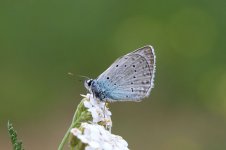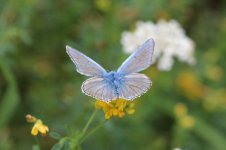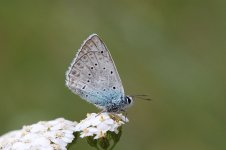I have a passive interest already in and do turn over any logs etc that I find. Book and ID resources are the problem here!
Northern Dune Tiger is very common here, they flush in small squadrons on the trail as I walk. This is a rare Beetle in my native UK, found at only about 3 sites nationwide.
http://www.surfbirds.com/gallery/share_photo.php?imgname=20160617085246088.jpg
Andy
Tiger beetles are the butterflies of the beetle world, brilliant colors and super agile, just that they are ravening predators... They are well named.
Would have thought that a woodlands environment such as you describe would offer cerambycids and buprestids, but perhaps your woods are not old enough. Fortunately there is a lifetime of adventure available just by turning over rocks and stuff...
Do not know what would be a good field guide for coleoptera in western Russia. There was a good research base in Soviet times, but afaik there was nothing published for the interested amateur.
In Quebec, the religious orders ran naturalist camps and produced excellent guides to the more common species as part of that effort. Perhaps the Young Pioneers organization did something similar in Russia. Hope your Russian is good and that there is an archive someplace that you can find.









